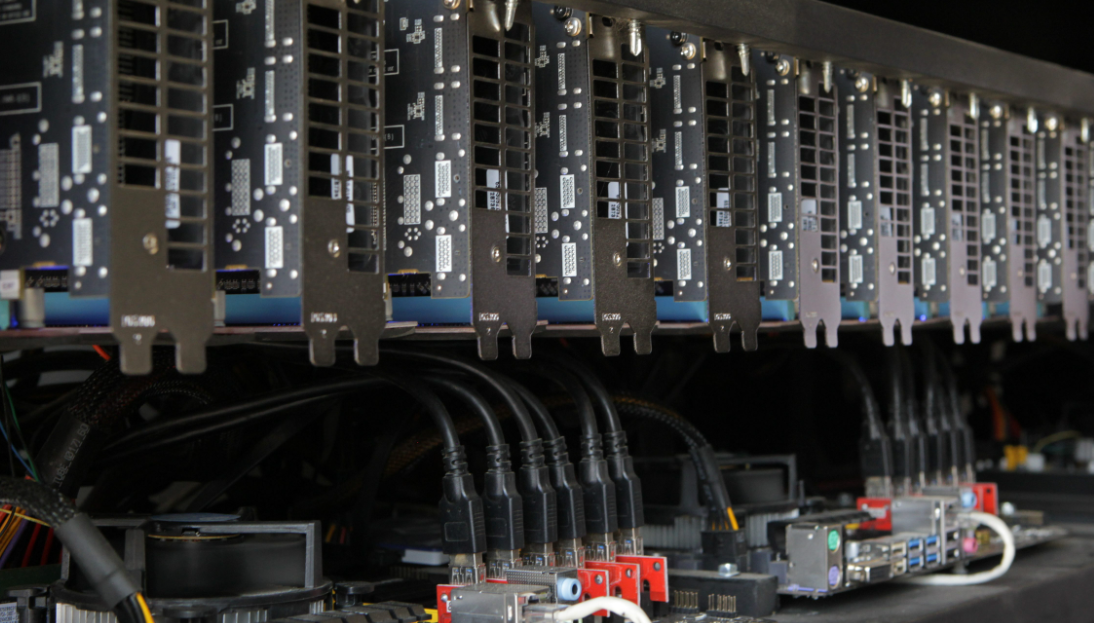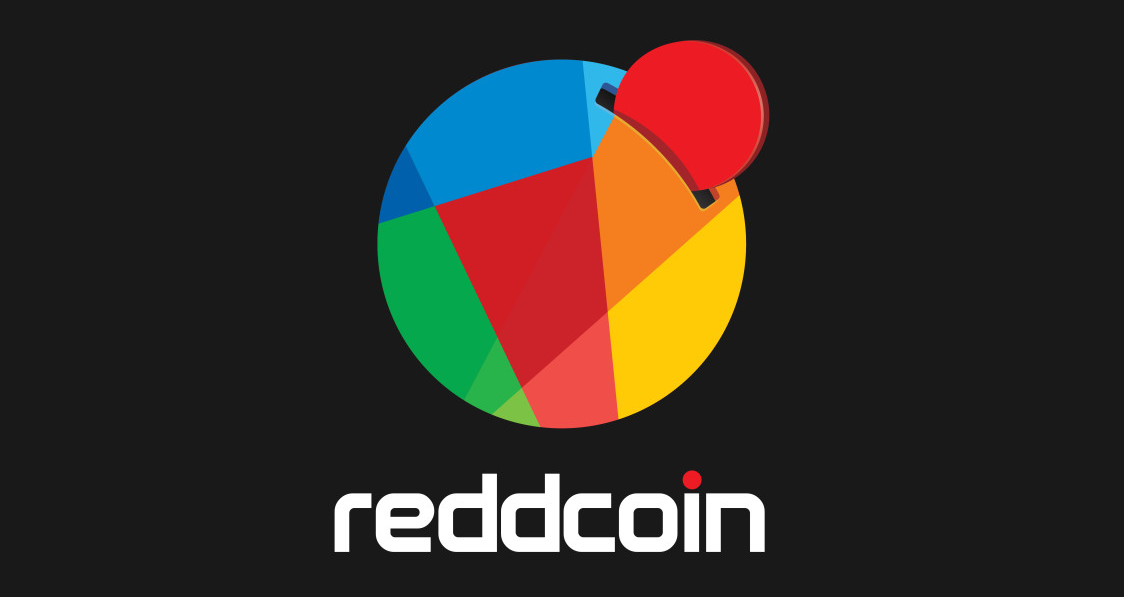How Does Pool Mining Work? Mining pools help smaller miners keep up with large organizations without requiring high-powered rigs or huge capital. Instead, they use shared computational power and work together to solve crypto blocks faster.
Mining pools use a cooperative work protocol to coordinate block generation and reward members in proportion to their shares of work. This helps miners earn a steady income.
Pool mining involves buying hash power from miners at a fixed rate. The mining pool then distributes a flat payout to each miner, deducting pool fees. These payments are made regardless of whether a mining pool finds a block or not.
The pay-per-share (PPS) method pays miners a fixed amount of cryptocurrency per share solved. PPS also provides a stable income to miners, and is an ideal choice for miners who place low-priced orders over an extended period of time.
A share is a hash used to track a miner’s productivity on the network. Although the reward for each share is relatively small, it adds up over time.
Some pools also use a score-based system to calculate rewards. These systems use scores to calculate the value of each share and to distribute blocks in proportion to mining time and hashing power. This system prioritizes shares submitted by recent miners and lowers the value of earlier shares.
Another type of reward method is pay-per-last N share (PPLNS). With this scheme, the pool only pays miners when a new block is found. However, the share submission period is longer than usual, which makes it more difficult to “pool hop” – submit shares from different pools when the block is discovered.
If you’re interested in mining on a PPLNS pool, you’ll need to make sure that you don’t violate the terms of the payment plan. Otherwise, you may be ineligible for a reward, and your earnings will drop.
There are several other reward methods, including full pay-per-share (FPPS), shared maximum pay per share (SMPPS), and recent shared maximum pay per share (RSMPPS). Some pools also use a combination of these methods.
For example, SMPPS and RSMPPS pools combine the reward methods to prioritize recently submitted shares. These shares are then rewarded with a larger reward than the share that has been submitted previously.
There are a number of other payment methods available, but each one has its own trade-offs and benefits. Choosing the best one is crucial for maximizing your mining profits.
Full pay-per-share (FPPS) is a payment method that provides miners with an instant payout based on the shares they contributed to finding a block. This system guarantees miners that they will receive the standard block reward as well as a transaction fee every time a new block is found.
FPPS works by assigning work to each pool member, who then completes the work within a set time limit. There are two primary methods used to assign work, one of which allows pool members to choose the range of nonce that they are working with. This ensures that no two members take the same range of nonce.
Another method is to automatically adjust the work range based on a miner’s current hash rate. This method ensures that the pool is able to maximize output while keeping bandwidth usage low.
PPS is a common payment method for mining pools and provides an instant flat payout for each share that is solved. The amount of money a miner earns is calculated as the difference between the number of shares they submitted and the pool’s total shares at the end of each round.
A share is a submission of computations on a miner’s computer that helped the pool to find a new coin block. If the shares are not accepted, it is because the computations were incorrect or did not meet certain criteria.
When a share is submitted, it will show up in the Recent Shares section of your PROHASHING account. You can view the details of each share by clicking on the button next to it.
The earnings of each share will be shown in the Earnings section, below. The earnings from each share are determined by the algorithms that the miner used and the coins for which the shares were earned.
For instance, if you have mined a coin that uses SHA-256, the earnings from a share will be the difference between the total number of coins mined and the average number of coins found by all the miner’s shares.
In order to find a new block, miners must submit a share to the pool, which is then evaluated based on a number of factors. A miner’s shares can be rejected if they do not meet a certain set of criteria, including if the miner’s hash rate is too high or if the pool is unable to verify the share.
Pay-per-last N share (PPLNS) is a pool mining payment scheme that rewards miners based on the number of valid shares they submit before a block is mined. The payout is divided by N, and then multiplied by the block reward (minus the pool operator’s cut).
Pay per last N share systems are suitable for pools that don’t change their difficulty. They also work well for miners who don’t hop from pool to pool and have a stable connection.
PPLNS also allows miners to earn more if they submit more shares within the N-share time window. This method is popular among Ethermine rigs, as it is a reliable and predictable way of rewarding solo miners.
The simplest pool reward scheme is proportional sharing, which pays miners based on the number of shares they submit over a given period. This system is simple and easy to understand, but it can’t guarantee that everyone will receive a fair share of the rewards.
Another system is pay-per-last-N-shares, which rewards miners based on the number of shares submitted during a specific “window” (which varies according to network difficulty). This is called a “round,” and it takes place after each block has been found.
This method is a little bit more complex than proportional sharing, and it’s ideal for miners who want a steady income. It’s also a good choice for pool operators who don’t want to worry about bloques or a potential orphaned block.
It’s also a good option for miners who don’t like switching between pools, as it’s a very predictable system that makes it easier to track your hashrate. It’s also a good choice if you’re new to mining and don’t want to worry about losing all of your work.
In addition to paying miners based on shares, pay-per-last-n-shares also covers transaction fees for each solve. This is important because each network charges different transaction fees, but once you find a pool that uses this method, your miner’s fee will be included in the total amount you get paid.
Geometric method
Pool mining is the process of combining your hash power with that of other miners to improve the odds of discovering blocks and earning rewards. It’s a good choice for anyone who wants to mine cryptocurrency without the need of complex equipment or large amounts of capital.
A miner’s hash power is rewarded with shares, which indicate the proportion of work that the miner contributed to the overall block solving process. The number of shares submitted during a round determines the amount of rewards that are earned for the round. Alternatively, a pool might award a fixed reward per share or percentage of all shares submitted during a mining round.
There are various ways to calculate the share based on the total hash rate that the pool miner’s machine provides during a round of mining. This includes the proportional method, which is the most common and simple payout calculation.
Another popular method is the geometric method. This is a score-based system that prevents pool hopping, which is a cheating technique whereminers participate early or late in the mining round to increase their payout.
The geometric method also prevents pool operators from cheating by timing attacks on the mining pools. It eliminates the risk of variance that is a part of mining, and is the most socially optimal option for pools to minimize the probability that they will be targeted by ddos attacks.
Other options include the FPPS (full pay-per-share) or PROP (proportional) methods of payment. These are similar to the PPS, but they also divide the regular block reward and some transaction fees among all miners in the pool.
Many mining pools implement a minimum payout threshold that must be reached before the reward can be transferred to a miner’s wallet address. This prevents multiple dust transactions on the blockchain and ensures that there is a reasonable transaction fee for the rewards to be transferred from the pool to the miner’s wallet. The absolute minimum payout is usually set to a certain dollar amount so that it will cover the costs of transferring the rewards from the pool.



